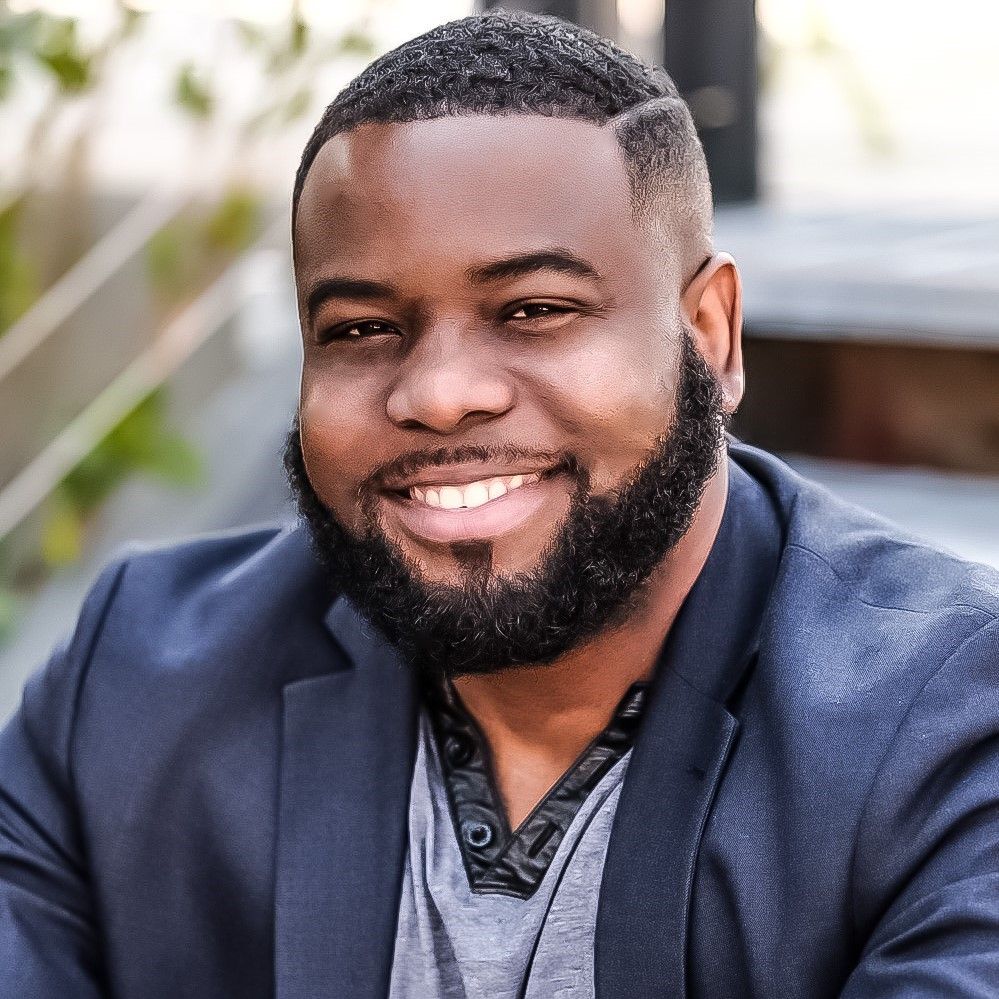It has been at least five millennia since the fundamental principles of wound healing were first described. In contrast to the numerous technological innovations that have buoyed steady progress in other areas of medicine, innovative research in wound care technology beyond ancient practices is only a recent phenomenon. Decades of research in medicine gave us knowledge on aseptic principles, molecular theory, antimicrobials, as well as a foundation on the chemical and physical processes of moist wound healing. Today, there is abundant knowledge on the physiology of wounds, principles of occlusion, the character of biofilms and metalloproteinases; as well as scientific knowledge about various material composites that inform us on the nuances of wound care materials. We now know what types of wound dressing will work best in almost every environment fathomable. In the increasingly interconnected environment of today, we have begun to see the development of smart wound healing technology as well.
Once upon a time, magical incantations, lotions, and potions played an integral role in the ritualistic dressing of wounds. Now, the aforementioned smart technology is poised to reprise that role, via electromagnetic incantations of its own. We already know that chronic wounds may not heal in an orderly fashion, in part due to the untimely release of biological factors needed for proper healing. When frequently co-morbid conditions such as diabetes and hypertension are added into the mix, it becomes evident that the necessary elements may not make their way into the wound to coordinate tissue growth.
In today’s care settings, you have to remove the dressing to apply medication to the wound, exposing it to the environment and increasing the risk of contamination. Research has shown that when various therapeutic factors are injected at different stages, the process enhances the rate of healing in chronic wounds. This critical information is now providing the basis for the development of a new era of smart wound dressings. The critical function being the ability to deliver molecules into the wound at the right place and time. Drug carriers that are responsive to temperature are embedded in the wound dressing loaded with bioactive factors. Wireless capabilities can be integrated into the bandage, enabling remote-controlled release of necessary factors. Other than wound healing, this technology can be adapted into a wide range of applications in surgery.
Controlling the Pain
To illustrate the boundless possibilities of this smart wound healing technology, think of being able to create a feedback mechanism for adequate control of pain. This brings us to the technological solution known as Cur. This technology works by sending an electrical signal to the brain using a method called TENS (Transcutaneous Electrical Nerve Stimulation).
The non-pain signal it sends to the brain essentially works to negate the pain signal itself.2 The developers claim that it is not just a solution for pain, but also a solution to an individual’s reliance on pain medication. A truly “smart” tool, it is self-adjusting and can be manually adjusted further through the aid of a phone app. Chronic pain plagues one in three Americans and decades of managing chronic conditions with addictive prescription pain medications, is how we got ourselves into the opioid crisis. Perhaps innovations in digital health and further research into the application of smart wound healing technology could lead the way to combat drug addiction and dependence.
Disclosures: None. The material above is provided for informational and illustrative purposes only. No claim of ownership is made by Medherd, Ranviagroup L.L.C or any of its partners to the images and graphics contained herein.
